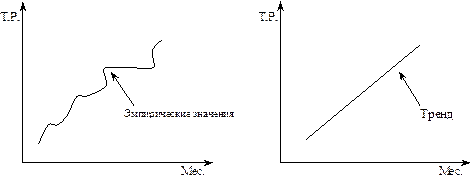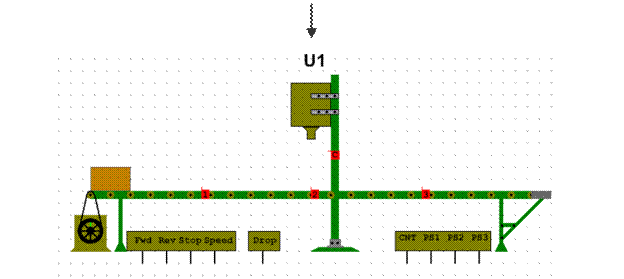Категория содержания обучения ИЯ и ее современная трактовка.
Aims determine the Content of FLT (What to teach?). This cannot be denied. In different epochs there were different aims of FLT. Nowadays the Communicative-cognitive approach to FLT determines the following components of the content of FLT in general: Content of FLT
I. linguistic II. Psychological III. methodological component component component (learners strategies or habits (grammar, compensatory skills) language voc. pronunciation) material skills (speaking, VI. Socio-cultural (grammar, listening, reading, writing) (cultural background) vocabulary pronunciation) V. emotive component (interest to the subject) speech material (spheres of communication, themes, situations, texts, speech patterns)
There are 2 aspects in the Content of FLT: -subject matter (предметнаясторона): sphere of communication,theme,situation,language and socio-cultural material,texts. -processional matter (процессуальнаясторона):operations with lang.material,skills in speech act, compensatory skills,interest to the subject 4. Алмагул Content of FLT answers the question What to teach? Aims and content for language teaching traditionally we distinguish the follow aims FLT: 1. practical 2. educational 3. cultural The Content of FLT One of the essential categories of FLT is the content or what to teach. It is impossible to determine the content of FLT without referring to linguistics – a science that deals with the study of languages as a definite system of codes. Thus, linguistics describes the standard use of the language, a set of rules, which cover this use. It also studies the usage, i.e. the way people use words and expressions in speaking and writing, as well as stylistic means, phonological, morphological, syntactical and lexical items. Consequently, the first component of the content of FLT is the linguistic one which includes language material (phonetical, grammatical, and lexical minima) and speech material (utterances of different lengths) to be used in real acts of communication. The selection of linguistic material, the so-called minimum vocabulary, minimum grammar is circumscribed by the syllabus for secondary schools. The second component of “what to teach” is a psychological one. We have already described the relation of methodology to other sciences, particularly methodology and psychology. It should be mentioned that dynamic stereotypes serve as psychological bases for habits as automatic components of conscious activity formed as a result of drills or exercises. Language proficiency largely depends on the mastery of a system of speech habits and skills. In language acquisition these are habits in pronunciation, grammar, lexis; habits in listening comprehension, speaking, reading and writing. Thus, a psychological component is a formation of habits and skills to use a FL for communicative purposes. The third component of “what to teach” is a methodological one, i.e. rational approaches to FLT: the pupils should be taught how to learn a FL, how to work on the subject to achieve the ultimate goals. Some methodologists think that the content of FLT includes: a) exercises of different types; b) texts for oral and written work; c) laboratory exercises; d) topical selection of material [cf. 27; 29]. Thus, an understanding of current theories of language learning and the achievement of related sciences give all grounds to define the content of FLT in the following terms: 1) linguistic component, covering language and speech material; 2) psychological component, which includes formation of habits and skills which enable the learners to use them for communicative purposes; 3) methodological component that is related to techniques and procedures derived from application of didactic principles. 4) socio-cultural component 5)emotive component
|









